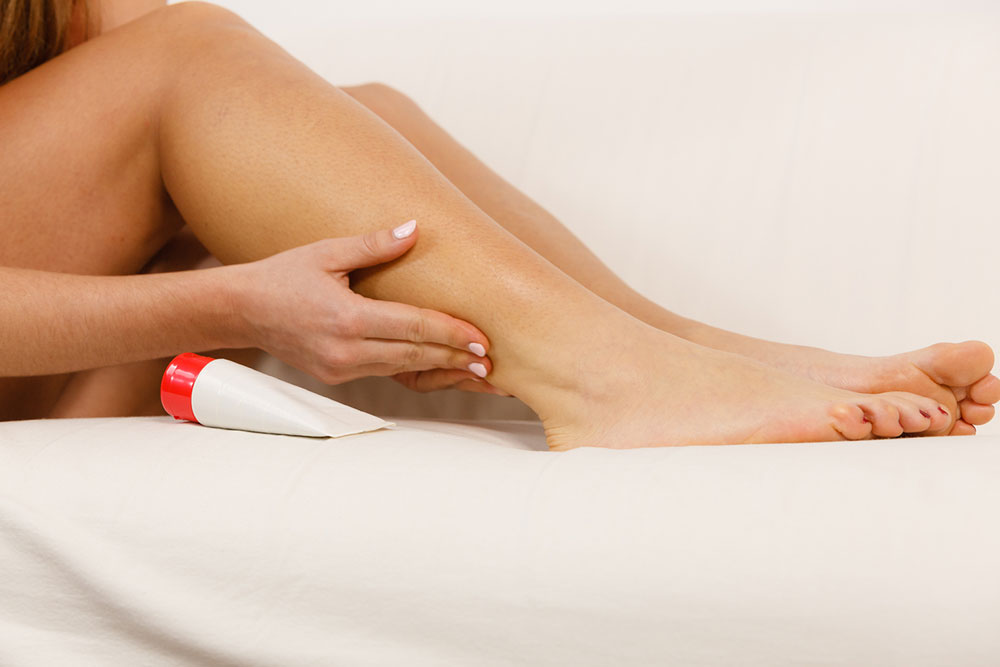Common Symptoms and Treatment Options of Shingles
Shingles is a type of viral infection that results in a painful rash in the form of blisters. It is caused by the varicella zoster virus that is the same virus that causes chickenpox. After a person encounters chickenpox, the virus lies dormant in the body in the nerve tissues near the brain or spinal cord. After several years, this virus may reactivate in the form of shingles.
Although this rash can appear anywhere on the body, it mostly occurs as a strip of sore blisters either on the right or left side of the upper body.

Common symptoms of shingles
In most cases, the symptoms of shingles can only be seen in a specific part of the body. These symptoms include the following:
- Pain, numbness or tingling in a specific body part
- A red rash that develops after a few days of the pain
- Fluid-filled blisters that crust over
- Itching in the affected area
- Sensitivity to touch
Apart from these, some people also experience
- Fever
- Headache
- Excessive fatigue
- Sensitivity to light
Usually, one of the first symptoms of shingles is the pain. In some cases, it can be really excruciating and severe. Because the rash mostly occurs on the torso, shingles pain is generally mistaken for a pain of the heart, kidneys or lungs.
Sometimes, shingles also develop around the eye or on either side of the face and neck.
Effective treatment for Shingles
Medications
There is no cure for this condition. However, some medications can help in reducing the severity of the symptoms of shingles:
- Antiviral medicines
Antiviral medicines such as famciclovir and acyclovir help to reduce pain and aid the recovery process. - Anti-inflammatory medicines
Medicines such as ibuprofen and aspirin help to reduce pain and swelling. They are generally given after every 6 to 8 hours to alleviate the symptoms. - Analgesics
Analgesics or narcotic medications also help to decrease pain associated with the rash. - Antihistamines
Antihistamines such as diphenhydramine help to treat the itching which is a symptom of shingles. - Numbing creams and gels
These are topical medications that can be applied as needed to reduce pain. - Capsaicin
This medicine in any form like patch, ointment or lotion help to reduce the risk of nerve pain that usually occurs after recovery from shingles.
Besides, some simple home remedies can also help to alleviate the symptoms of shingles. Common treatments include the following.
Wet and cool compress
Using a cool or wet compress can be helpful in lessening the pain and itchiness associated with the rash. A piece of cloth can be soaked in water, and squeeze-applied to the rash and blisters. An ice pack shouldn’t be used as it will further aggravate the condition.
Baking soda and cornstarch paste
One can use a paste using baking soda or cornstarch to decrease the itching.
Two portions of cornstarch or baking soda and one portion of water can be mixed thoroughly till the desired consistency is achieved. The paste should be applied to the affected area and washed off after 10 to 15 minutes.
Healing Baths
This is a great treatment for shingles as daily cleaning can help to decrease the risk of spread of the infection.
One to two cups of cornstarch or colloidal oatmeal should be mixed with the lukewarm bath water and used as a body soak for 10 to 15 minutes. Hot water shouldn’t be used for this as that will further worsen the blisters.
Dietary remedies
People having a weakened immune system become more prone to shingles. Making some dietary changes can help to reinforce the system and prevent the symptoms from worsening. Some foods that are recommended include the following:
- Green leafy vegetables
- Red meat
- Chicken
- Eggs
- Legumes
- Beans
- Dairy products
- Wild-caught fish
- Orange and yellow fruits
- Spinach
- Tomatoes
At the same time, there are certain foods that one should avoid when one has shingles. These include the following:
- Foods high in saturated fats
- Refined carbohydrates
- Foods with high sugar content
- Arginine-rich foods such as nuts, gelatin, and chocolate.
When to see a doctor?
Normally, shingles rash goes away within a few weeks and hardly occurs again. However, if none of the treatments work and the symptoms of shingles do not lessen in impact within 10 days, one needs to consult a doctor for proper follow-up.
Besides, one also needs medical help in the case of the following:
- If the rash happens near the eye area. If left untreated, it can lead to permanent vision loss.
- If one is above the age of 60
- If one has a weakened immune system as that increases the complications
- If the rash has developed in more than a single area